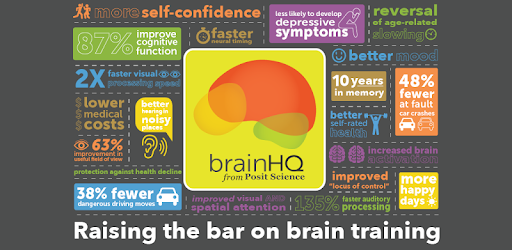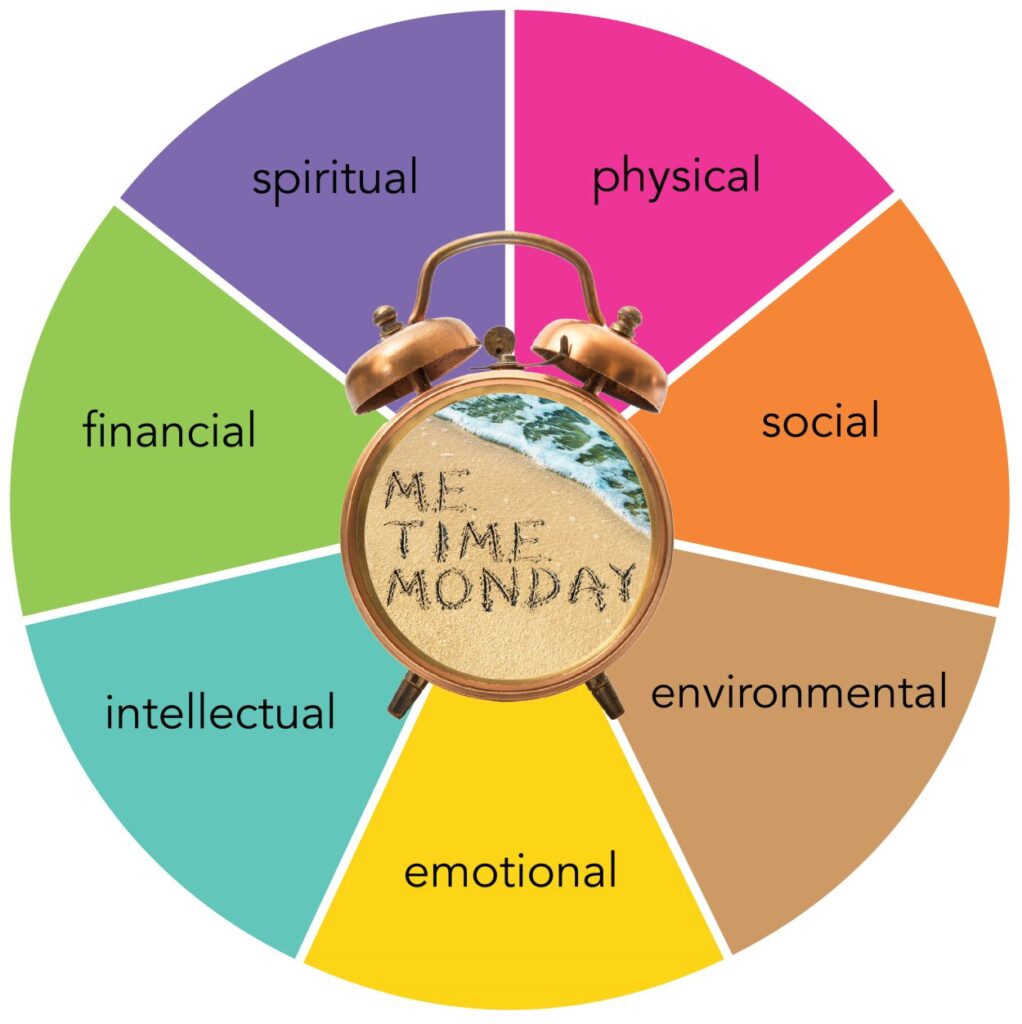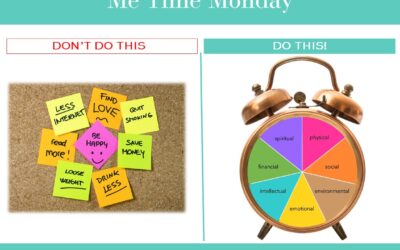(the following is adapted from Sherri Snelling’s book, “Me Time Monday – The Weekly Wellness Plan to Find Balance and Joy for a Busy Life”)
Millions of Americans and viewers worldwide will crowd around TV sets in bars and at home to watch the gladiators of the gridiron – this year being the 49ers versus the Chiefs – vie each other for the Super Bowl Trophy. Most of these NFL players have not reached their third decade where being 30 means you are past your prime in a game that requires performing at peak physical condition (at age 34 Travis Kelce of the Kansas City Chiefs, the over-hyped boyfriend of singer Taylor Swift, is considered an “old timer.”)
Yet it was not that long ago that Tom Brady, known as one of football’s “greatest of all time” (GOAT) and who retired at age 45, was out-performing players half his age. Many point to Brady’s mental agility and strength: his swift decision-making, his surgical accuracy to get the ball into a receiver’s hands, his leadership skills on and off the field and his emotional intelligence. His longevity in professional football had as much to do with his brain health training as his physical training regimen.
Building Strength From the Neck Up as Much as the Neck Down
Brady is a disciplined machine who overcame some of the typical physical challenges of age, including decreased cardiovascular performance and slower processing speeds of the body and brain. He did this by embracing the principles of neuroplasticity and training his brain as much as he honed his physical strength. As he approached age 40, Brady underwent daily cognitive training with a suite of scientifically developed brain exercises from brainHQ. This brain workout is a cross-training regimen for different areas of the brain to maximize spatial perception, reaction time and in Brady’s words helped him “stay sharp.” Rather than rely on what made him special in the first place, Brady decided to double-down and continue to hone his cognitive gifts that gave a him a competitive edge.
Many believe by playing sudoku or doing crossword puzzles you can attain brain plasticity. But brain science says “No.” In fact, one brain game company had to pay $2 million in fines because of false advertising claims it improved brain function when all it did was enhance rote memorization of its game rather than affect change in overall brain performance.

Only a handful of credible companies, such as Posit Science, creators of the brainHQ exercises, can claim to improve brain performance. Co-founded by leading neuroscientists, Mark Merzenich and Henry Mahncke, pioneers in brain plasticity research with more than 200 evidenced-based peer-reviewed studies, and Jeff Zimman, a technology entrepreneur. What brainHQ focuses on is speed and accuracy of cognitive function.
“As it turns out, the brain gets noisier as we age,” said Mahncke. “It’s almost like listening to an old radio that kind of got off the signal a bit and became full of static or trying to have a conversation in a really noisy restaurant but it’s hard to pay attention with all the disruption.”
Mahncke clarifies by “older” he means age 27 because this is the age when the static actually slows down your brain and makes memory and attention harder. What brainHQ exercises will do is eliminate static noise and make brain processing sharp and fast through training.
Just as we improve our performance levels in physical exercise – such as being able to lift heavier weights or do more reps, walking more steps, improving breathing and heart rates through yoga and meditation – brain training applies the same principles. You want to find programs that consistently ask you to try new exercises and guide you to go to the next level of the brain exercise or perform the exercises faster. Only then will you truly achieve brain plasticity and better brain health. The good news about brain training is it only takes a few minutes a day not 45-60 minutes to accomplish your goals. Most of the individual brainHQ exercises can be completed in 7-10 minutes.
Intellectual Wellness and Cognitive Performance As We Age
Brady is a perfect example of Intellectual Wellness – one of the seven wellness elements in my new book, Me Time Monday (the others are Physical, Emotional, Social, Environmental, Financial and Spiritual). In my Me Time Monday workshops that I offer through employers and other groups, Intellectual Wellness is the one element of the 7 Wellness Elements few people grasp immediately. They often believe it is about boosting your IQ or taking classes for higher achievement. And while lifelong learning is a component of Intellectual Wellness, it is really about brain health and wellness for your mind.

Intellectual Wellness is defined as a person who places high value on things of interest, who seeks knowledge, who finds beauty and who uses facts to make decisions. Intellectual Wellness is about using your top-down brain processing of the new brain. The area of the brain where the frontal lobes are located in the prefrontal cortex is where concentration, planning, decision making, insight and judgment are made. Interestingly, older players like Brady have fully formed frontal lobes and can optimize performance through brain exercises that affect this brain region whereas younger players under age 28 are still developing their frontal lobes and thus, have less control over this area and its functions.
The key driver of Intellectual Wellness is curiosity. From our earliest beginnings as humans, what helped Homo sapiens out-survive Neanderthals 40,000 years ago is Homo sapiens had wanderlust. They traveled outside their origins in Sub-Saharan Africa to explore what today we know as Australia as well as most of Europe and Asia. They built trade networks, adapted to different climes, interbred with different species and explored different food sources among other factors that helped our direct human ancestors remain on Earth. Neanderthals, like the dinosaurs before them, simply stayed put and became extinct. Anthropologists have also found the other advantage of being curious and exploring our environs is it helped our brain size grow over time based on the social influences we encountered of collaborative work, exchanging food and other resources, creating better tools to hunt with and finding ways to protect ourselves from predators.
In January, 2023, the hashtag #frontallobe had 27 million views on Tik Tok – the social media hub for Gen Z – and 5,000 different posts on Instagram. And a Forbes Health/One Poll survey of 1,005 adults found 50% of people between the ages of 18-25 had a 2023 New Year’s resolution to improve their mental health more than they wanted to lose weight.
With so much focus these days on cognitive performance of our presidential contenders, it is important to know that neuroplasticity plays a big role in how well our brains work: its adaptability and capability to build the neuronal scaffolding needed for continued executive functioning. Whether you are a teen looking to enhance brain health or an aging quarterback looking to stay in the game or anyone who wants to extend peak cognitive functioning, you have to embrace a new game – brain training. Brady showed brain health is not about prevention but about potential and what is to be gained which makes Tom Brady a classic case study in Intellectual Wellness and a model for “neck up fitness.”
©2024 Sherri Snelling




0 Comments